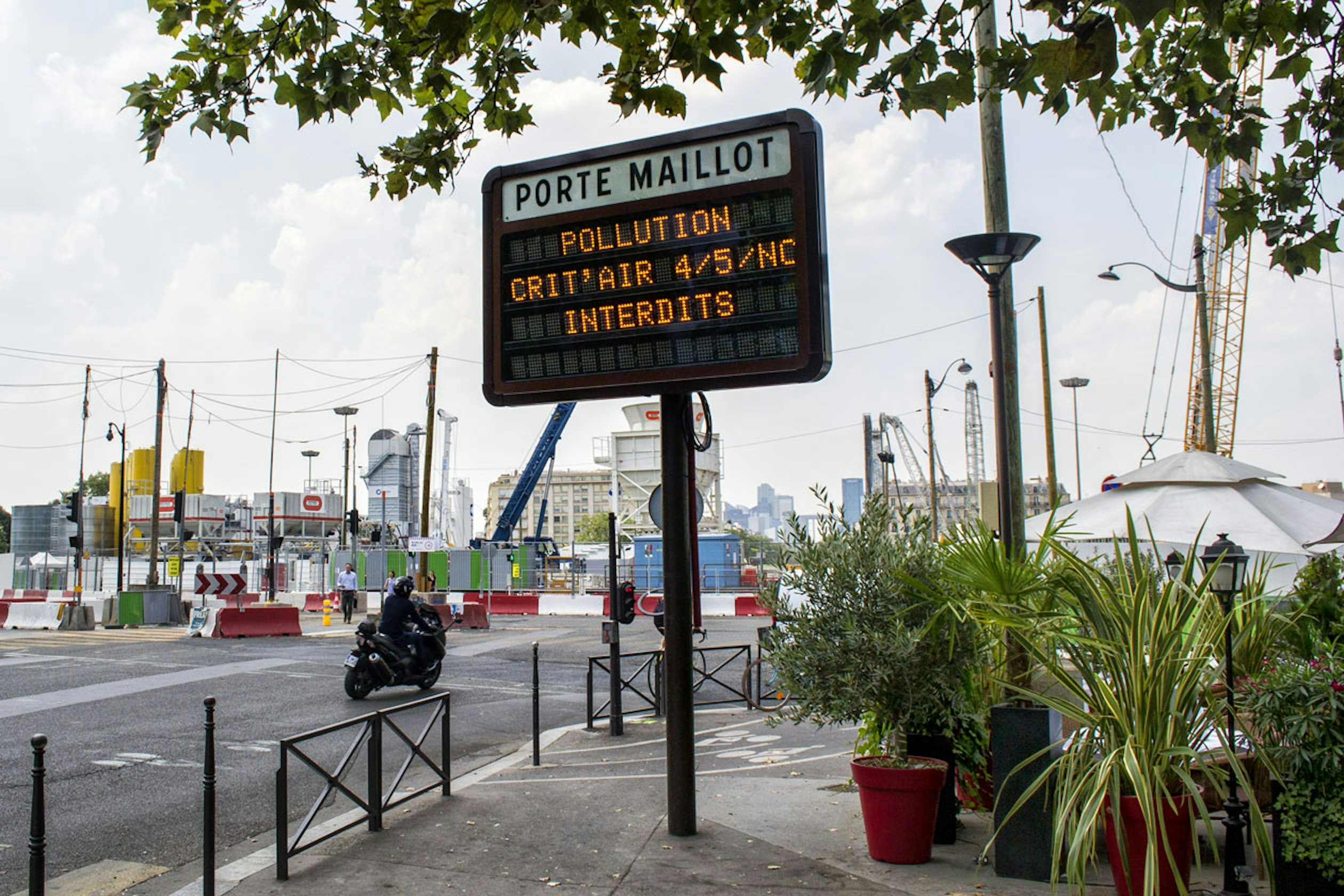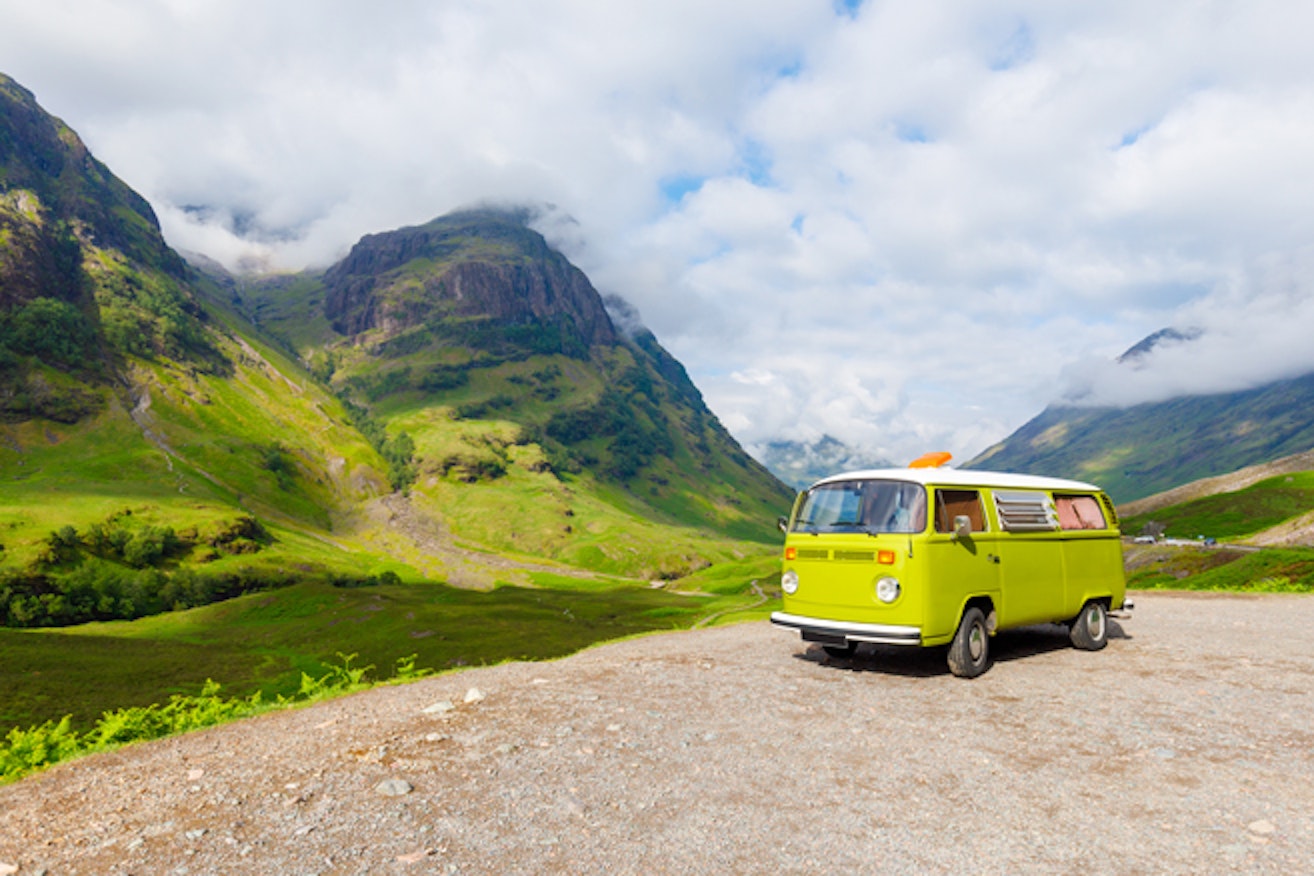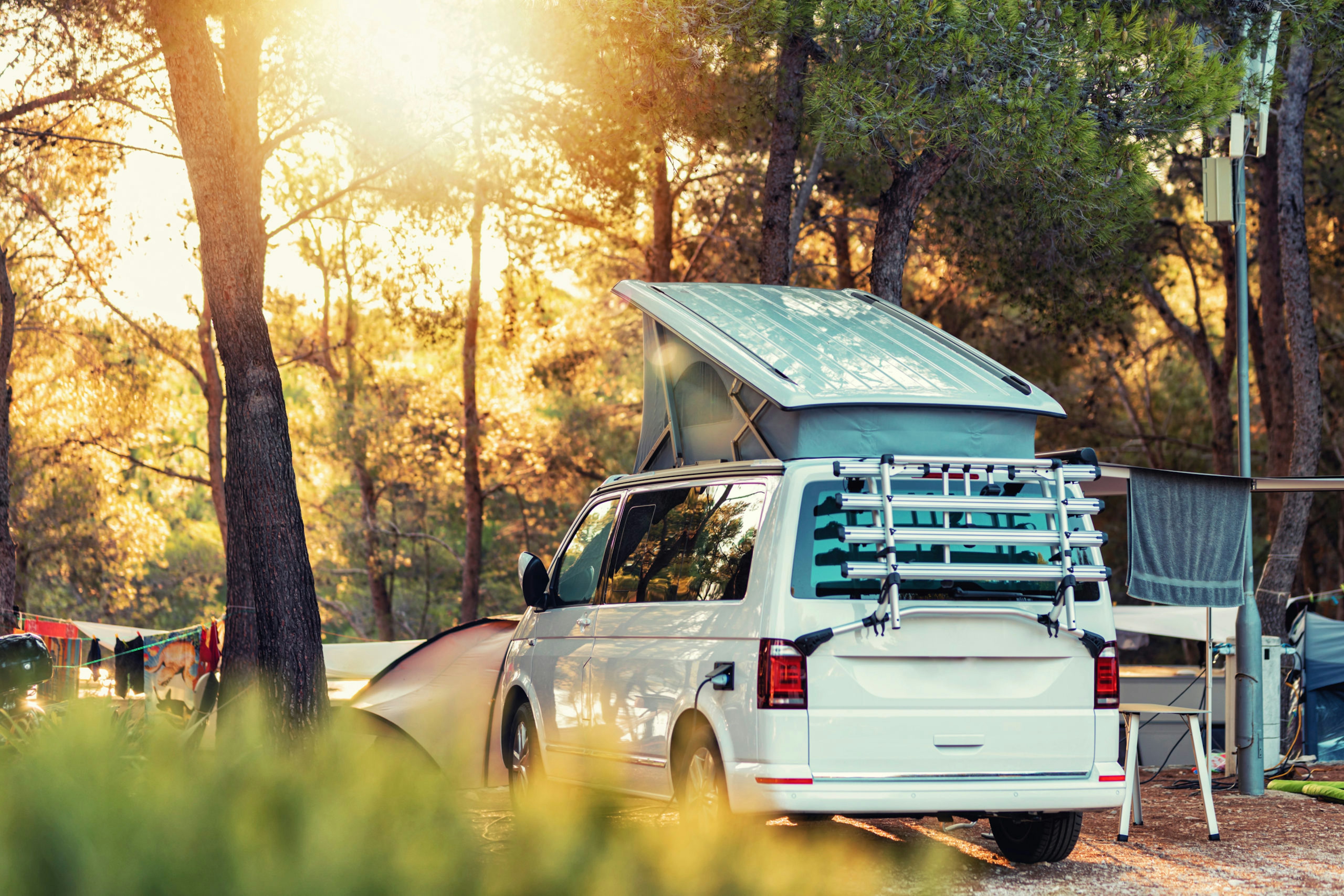Motorhome and campervan driving in low emissions areas
By Alan Boswell Group

What is a Low Emission Zone?
Low Emission Zones (LEZs) are schemes that cover specific areas to tackle pollution and discourage certain types of vehicles from entering them. In general, they charge certain types of vehicles that do not meet the minimum emissions standard for a particular zone.
In theory, they encourage the use of cleaner vehicles and improve air quality as a result and London currently has the UK’s largest and most comprehensive LEZ.LEZs don’t forbid higher-emission vehicles from entering but levy daily charges to enter the zone, which are enforced with financial penalties for those who don’t pay.
In the UK there are LEZs in several cities in addition to London, including Brighton, Norwich, Nottingham, Oxford, Glasgow, Leeds, and Birmingham. However, outside London they currently only affect local buses. It is thought that as inner-city pollution levels worsen, more cities will bring in LEZs that include a wider range of vehicles, including cars.
The London LEZ covers most of Greater London and, unlike the separate London Congestion Charge, operates 24 hours a day. It also covers a wider range of vehicles and can include larger motorhomes so to check if you’ll need to pay take a look at the Transport for London website.
What is an Ultra-Low Emissions Zone?
Think of an Ultra-Low Emissions Zone (ULEZ) as an extension of an LEZ. It’s designed to tackle air pollution caused by wider traffic emissions.
London is currently the only city in the UK with a ULEZ, which aims to help reduce harmful nitrogen dioxide by around 30% across London and operates 24/7, excluding Christmas Day.
Funds raised from the ULEZ are reinvested into improving the transport network, including cycleways, buses, and the Tube network, and therefore help to improve London's air quality overall.
For more details on where the scheme operates and to check if you’ll need to pay, visit the Transport for London website.
Does my motorhome comply with the LEZ rules?
At the moment, London is the only city in the UK that imposes charges on motorhomes in its Low Emissions Zone and you can easily check if you need to pay by entering your number plate on the Transport for London website. If you’re travelling further afield, it’s worth noting that other European cities, such as Paris and Amsterdam, also have schemes in place so do check the regulations before you travel.
What is a Clean Air Zone?
To add another layer of complexity to things, there are also Clean Air Zones (CAZs) which apply restrictions to encourage the use of ‘clean’ vehicles in cities with persistent air quality problems. If your vehicle does not meet the relevant emissions standards, you will need to pay a fee to use it in the CAZ. Some cities are even looking to go further and introduce Low Emissions Zones or Zero Emission Zones where non-compliant vehicles are banned.
However, at present, the impact of these zones on campervan and motorhomes is limited as owners of low emission diesel vehicles can drive in them without a penalty, whereas owners of older vehicles would typically face a charge. Generally, if your diesel campervan meets Euro 6 emissions or above, or Euro 4 emissions or above for petrol campervans, you will be exempt from charges.
Full details can be found on the Government website.
Where are the UK Clean Air Zones?
Currently, Bath, Birmingham, and Portsmouth have Clean Air Zones although Bristol and Bradford plan to introduce them towards the end of 2022, with more cities set to follow in 2023 and beyond.
Can I drive my motorhome in a Clean Air Zone?
Yes you can as Clean Air Zones don’t impose an outright ban on any vehicle. However, you will need to pay a fee if your vehicle does not meet the emissions standards so visit the Government website to check if you will need to pay for your vehicle.
What is the difference between a Clean Air Zone and a Low Emission Zone?
These schemes share the same goal of improving the air quality in the areas they operate. However, at present, outside of London, Low Emission Zones only affect buses, whereas Clean Air Zones have a wider remit that involves drivers of relevant vehicles paying a fee to drive in the Zone. Different cities have also opted to introduce different classes of Clean Air Zones to address their individual issues, which are detailed on the Government website.
Do Clean Air Zones affect me and my motorhome or campervan?
They do to a degree. As we mentioned earlier, no vehicles are banned in Clean Air Zones and in general, if your diesel campervan meets Euro 6 emissions or above, or for petrol vehicles Euro 4 emissions or above, you won’t need to pay any charges. However, as each city’s scheme has slightly different rules, we’d recommend checking your vehicle to make sure you’re aware of any fees that apply to you.
Of course, Clean Air Zones only apply to a limited number of specific built-up residential areas so the majority of motorhome owners looking to explore the countryside are unlikely to enter them anyway, or can avoid them when route planning.
How do I find out if my motorhome or campervan is Clear Air Zone compliant?
As there are a variety of grades of Clean Air Zones in place, the quickest and easiest way to do this is to use the Government’s vehicle checking service to find out which rules apply to your vehicle in the places you’re planning to visit. As well as making sure you comply with any charges that apply it’s also a good plan to maintain your vehicle well to prevent future problems so check out our top tips to reduce your chances of a breakdown as well as our vehicle maintenance checklist.
What are my options if my motorhome doesn’t comply with the Low Emission or Clean Air Zone rules?
Don’t be tempted to avoid paying the charges as they are enforced by a network of Automatic Number Plate Recognition (ANPR) cameras so you’re likely to get caught.
Aside from paying the charges or avoiding driving in these areas, you can opt to fit a new engine that is compliant with the zone rules, but make sure that you inform the DVLA so they recognise that you don’t need to pay charges that applied to your previous engine.
Alternatively, you could have a diesel particulate filter fitted by a professional, although this can be an expensive solution and requires annual servicing.
Do I need to pay to enter a clean air zone?
Depending on the location you’re planning to visit and the emissions standards of your vehicle you may need to pay a fee so visit the Government website to check your registration number.
Need help with your insurance?
Whether you need a quote, have a general enquiry, or want to talk it through over the phone, we're here to help.
Make an enquiry – general and locations
Related guides and insights

Crit’Air stickers: a guide for car, motorhome, and campervan owners
If you’re planning to take a road trip to France – or you run a self-drive hire company – you need to make sure you get a Crit’Air sticker to drive in low-emission zones. We take a look at the increasingly complex rules on this topic.

Guide to driving your motorhome or campervan abroad
If you’re thinking about taking a trip to Europe in your campervan or motorhome there are a few things you need to be aware of, so we’ve put together this comprehensive guide to set you on the right track.

How to avoid underinsuring your motorhome or campervan
A shortage of new motorhomes and campervans means that many second-hand vehicles are rapidly increasing in value. While good news for self-drive hire vehicle owners, it does increase the risk of being underinsured.

Parking laws in the UK for motorhome and campervan owners
Knowing where and when you’re allowed to park is an essential element of any trip in your campervan or motorhome, so we’ve got the full lowdown for you to help keep you on the right track.
